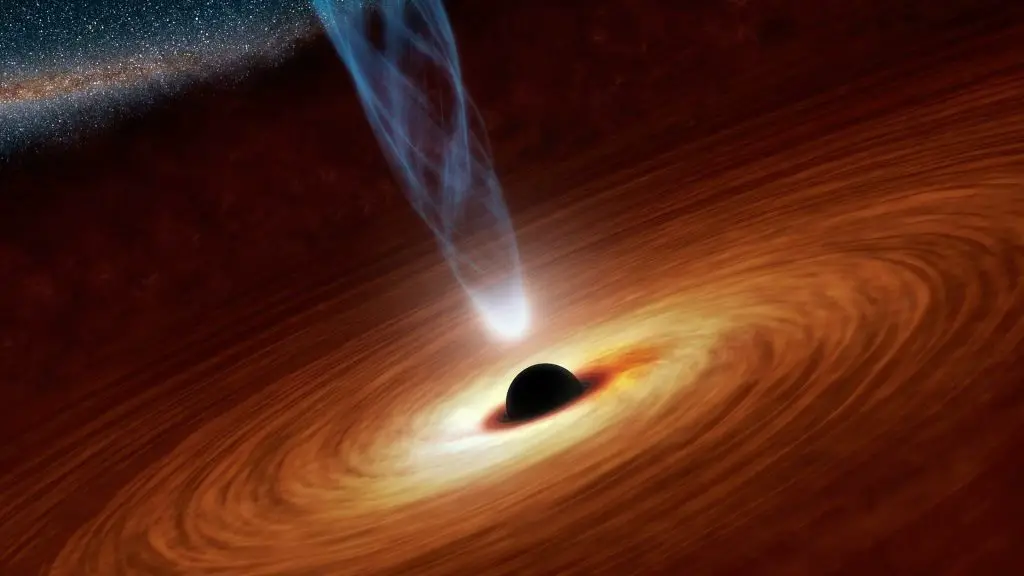As space agencies are looking forward to embracing another level of space exploration anytime soon, NASA is already working towards upgrading from chemical rockets to Nuclear rockets before the end of this decade. On Tuesday, January 24, NASA Administration Bill Nelson revealed the project of a working nuclear rocket during a presentation at the 2023 American Institute of Aeronautics and Astronautic (AIAA) SciTech Forum and Exposition scheduled at the National Harbor, Maryland. While presenting the project, Nelson closely disclosed how NASA will accomplish this futuristic project.
“NASA will partner with the Pentagon’s Defense Advanced Research Projects Agency (DARPA) to develop and demonstrate advanced nuclear thermal propulsion, a revolutionary technology that will allow the United States to expand the possibilities for future human spaceflight missions,” he said.
But how will NASA accomplish this futuristic project? Continue reading to learn more.
How NASA is planning to Build a Working Nuclear Rocket in 2027
NASA is known for its revolutionary inventions that have changed the way we explore space and advanced humanity as a civilization. The agency is looking forward to upgrading its propulsion systems and reaching a distanced space world at a faster pace. NASA has recently reached an agreement to join DARPA’s Demonstration Rocket for Agile Cislunar Operations (DRACO) program in accomplishing great success in this new project.
DRACO officially commenced in 2021 to inspire the development of a nuclear thermal engine that will be implemented in an experimental spacecraft built by DARPA. But how close is the agency to building this technology? DARPA will commence with the development of the nuclear reactor and engine which will be used for this nuclear rocket. The recent partnership between NASA and DARPA made the agencies anticipate flying the in-space demonstration nuclear rocket by early 2027.
NASA’s engineers and scientists were all excited about this partnership. In fact, Nelson refers to this new collaboration as an exciting investment in the future of human space exploration. He further revealed that it will also serve as a major investment in reaching Mars faster. Every rocket engineer is aware of the sophisticated powers of nuclear rockets. In fact, rocket engineers believe that nuclear propulsion will outperform chemical propulsion by a great margin. The recent partnership between these two agencies will surely open the door to another level of space exploration.
“DRACO will be a critical part of evaluating the technologies that will take us deeper into the solar system,” NASA Deputy Administrator Pam Melroy said during the presentation. “Our intent is to lead and develop a blueprint for human exploration and sustained presence throughout the solar system. That is a very important goal. And we think that these advanced technologies will be a critical part of it.”
What You Should Know about the Agreement between NASA and DARPA
NASA strongly believes in active partnership especially when it comes to exploring new technologies and ideas that will revolutionize space exploration. The recent interagency agreement between NASA and DARPA was released detailing the roles and obligations of each agency in the success of the project. The agreement allows NASA to own the final authority over the nuclear thermal rocket engine development and fabrication process.
DARPA owns the authority over the experimental NTR vehicle (X-NTRV), which is the spacecraft that will be powered by the futuristic nuclear rocket engine. The agreement also allows DARPA to operate and dispose of the X-NTRV in orbit. Hence, both agencies have a special role to play in the development, fabrication, and operation of this rocket and planned spacecraft.
“NASA has a long history of collaborating with DARPA on projects that enable our respective missions, such as in-space servicing,” Melroy said. “Expanding our partnership to nuclear propulsion will help drive forward NASA’s goal to send humans to Mars.”
How the Nuclear Rocket Will Revolutionize Space Exploration
One of our primary goals is to send humans to Mars and beyond. However, the several challenges facing humans in deep space seem to be preventing us from attaining such a milestone. However, with the development and successful operation of the nuclear rocket, NASA will learn how to build better rockets that will fasten the trip to MARS.
The space agency has already attempted to build a nuclear rocket named NASA’s Nuclear Engine for Rocket Vehicle Application (NERVA) in the 1970s. In fact, NASA was hoping to use this rocket and send humans to Mars in 1979. However, the program was later canceled in 1972 because of the high budget and Cold War. But with the idea behind this project, NASA may begin to work on its plan of reaching Mars with a nuclear-powered rocket before the middle of this century.
Conclusion
While NASA is working towards accomplishing its Artemis space program before the end of this decade, the space agency may begin to work on crewed missions to Mars. The success of the 2027 experimental test flight of this nuclear rocket will determine when NASA will be sending humans to Mars using a nuclear-powered rocket. What do you think about this innovative idea?





